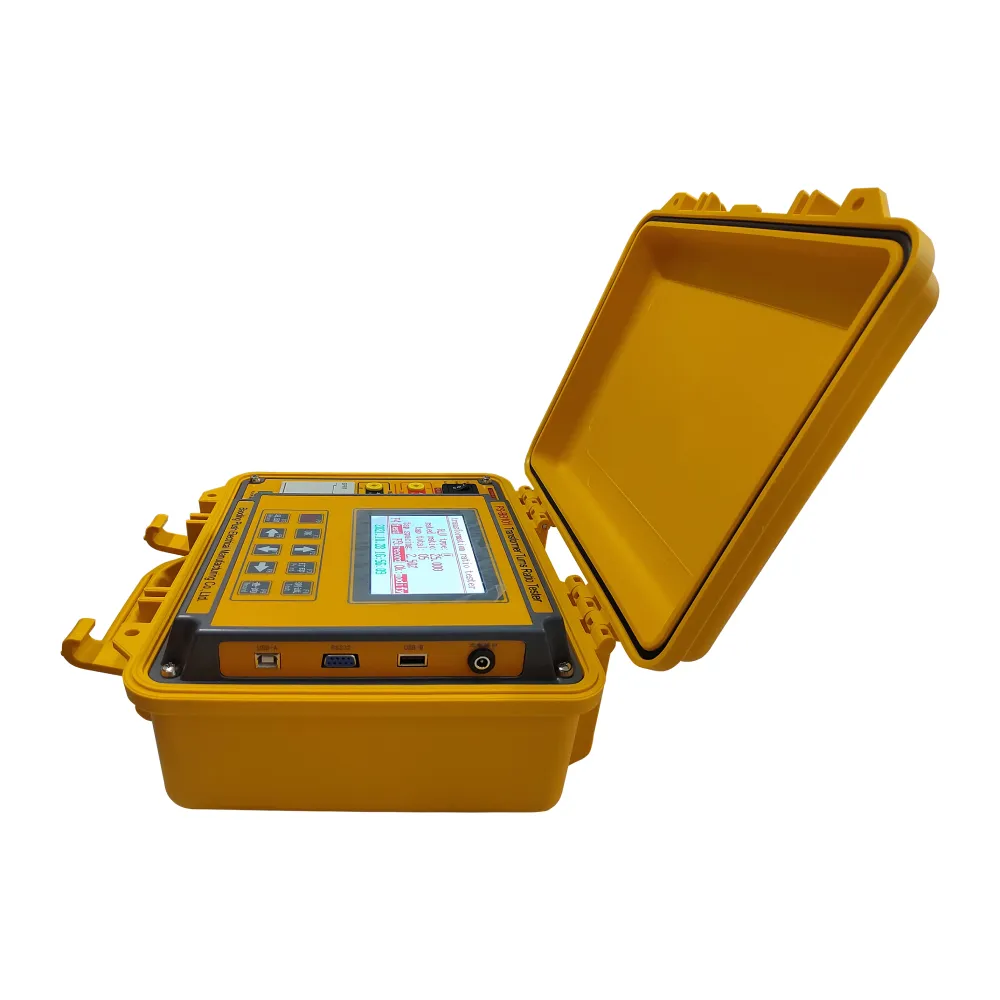 English
English


Inductor Saturation Testing Techniques for Improved Circuit Performance and Reliability
Understanding Inductor Saturation Testers
Inductors are essential components in various electronic circuits, serving critical roles in energy storage, filtering, and oscillation. However, to ensure that an inductor performs efficiently, it is crucial to understand its saturation characteristics. An inductor saturation tester is a valuable tool for evaluating these characteristics, allowing engineers and designers to optimize their circuit designs effectively.
Inductor saturation occurs when the magnetic core of the inductor reaches its maximum magnetic flux density. At this point, increasing the current further does not lead to a corresponding increase in magnetic field strength; instead, the inductor's impedance decreases significantly. This can lead to inefficiencies, overheating, and potential damage to both the inductor and connected components in a circuit. Therefore, understanding when an inductor saturates is vital for reliable circuit performance.
An inductor saturation tester simplifies this task by providing precise measurements of the current at which saturation occurs. The tester typically consists of a power supply, a means to measure inductance (often an LCR meter), and a control circuit that allows the user to gradually increase current through the inductor while monitoring its behavior. The process begins by applying a low current and recording the inductance. The current is then increased incrementally until saturation is observed, which can be identified by significant drops in inductance or a change in voltage across the inductor.
inductor saturation tester

Using an inductor saturation tester is crucial for manufacturers and engineers involved in designing power electronics, RF equipment, and audio amplifiers, where inductors often operate near their saturation limits. By knowing the saturation current, designers can select appropriate inductors that can handle specified load scenarios without risking failure or performance drops.
Moreover, saturation testers also enable engineers to evaluate different inductor designs, comparing various core materials and geometries to achieve the desired performance. This data-driven approach ensures that products are not only reliable but also efficient, which is increasingly vital in today’s energy-conscious landscape.
In conclusion, an inductor saturation tester is a fundamental tool that helps engineers ensure the efficacy and longevity of inductors in electronic circuits, ultimately leading to better designed and more reliable electronic devices. Understanding and utilizing this testing process can significantly enhance circuit performance, providing an edge in the competitive field of electronics design.
-
Differences between open cup flash point tester and closed cup flash point testerNewsOct.31,2024
-
The Reliable Load Tap ChangerNewsOct.23,2024
-
The Essential Guide to Hipot TestersNewsOct.23,2024
-
The Digital Insulation TesterNewsOct.23,2024
-
The Best Earth Loop Impedance Tester for SaleNewsOct.23,2024
-
Tan Delta Tester--The Essential Tool for Electrical Insulation TestingNewsOct.23,2024





